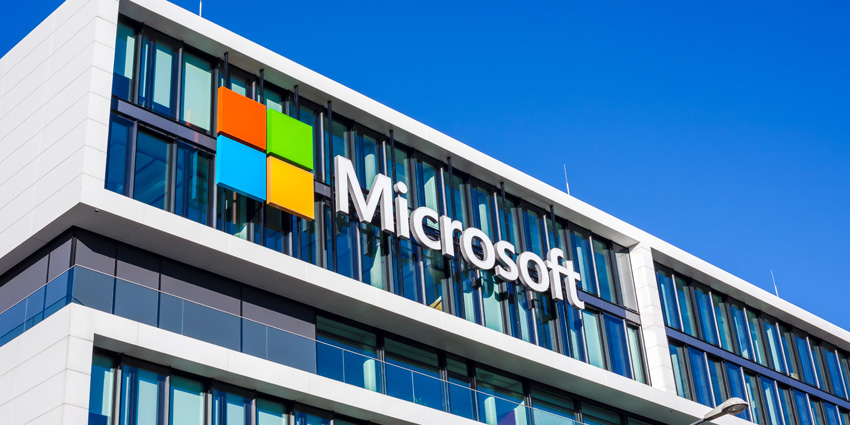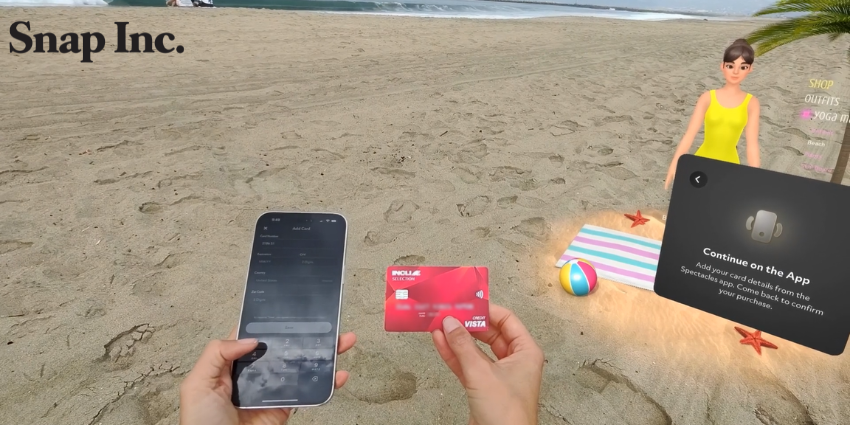Earlier this month, reports circulated on social media platforms such as LinkedIn about HoloLens/Microsoft Mixed Reality Partners receiving last-time-to-buy incentives for the HoloLens 2 device. It was also noted that first-generation HoloLens devices are set to receive a final update soon.
On the most recent episode of the Big XR News Show, Kevin ‘O Donovan, Co-Chair of Industrial Metaverse & Digital Twin Committee, VRARA, noted that. “based on the news that we’ve seen, they’ll have support until 2027, but I can’t see anybody investing in it.”
Regarding the HoloLens 2, Microsoft is announcing a last-time-to-buy period, meaning that the company will sell its remaining units on a first-come, first-served basis. These remaining devices will be available only through Microsoft directly or through official resellers. Warranty and customer/developer support will remain unchanged after this announcement.
‘O Donovan explained:
Reading what’s in the press, Microsoft seems to be, as it does every couple of years, relooking at its strategies. What are we doing with the hardware? What are we doing with software? Where’s the money? The HoloLens came out in 2016. In terms of the technology and mixed reality, 8-9 years ago, it was pretty bleeding-edge at the time, and I think they’ve probably learned an awful lot in terms of the software ecosystem.
What is the Future of Microsoft HoloLens?
While this news may seem like the end for the HoloLens 2, Microsoft plans to support the second-generation device with updates affecting security and major functionalities until December 31, 2027.
Jay Latta, Founder and Speaker of The Fusionists, also added that whenever Microsoft “touched XR hardware, it was really good, it was great, far better than their software.”
Currently, Microsoft is providing the back-end for various XR deployments, such as cloud and security-based considerations, despite the HoloLens 2 lifecycle seemingly ending.
However, Latta also noted:
You can see quite a strong signal of Microsoft completely leaving HoloLens because it was even removed from Windows 11, so the drivers, all of this stuff, have simply disappeared. So I’m expecting that the technology that they have used is not something that you can do business with. It’s too fragile.
In addition to the last-time-to-buy announcement, Microsoft informed its HoloLens/Mixed Reality Partner community that the first-generation HoloLens headset will receive its final update on December 10, 2024. This comes after the legacy device underwent a multi-year, Long-Term Servicing state in 2021.
Latta explained:
My guess is they might stay in the hardware business as well because you can make money there. They just will follow up with new technology. When you see the competitors, when you see Snap Spectacles, when you see what Meta will come along with that, they might focus on something that will look a little bit better. When they removed, for example, mixed reality from the Windows drivers, it was also a signal that we would start talking about different areas. By eliminating mixed reality, they will go through marketing, rebranding, and positioning themselves as competitors.
After the final update on December 10, HoloLens 1 devices will no longer receive security or software support. However, the devices will still function, and Microsoft recommends that users upgrade to a HoloLens 2 product.
“I do think there’s going to be a big shake-up in the headset market,” remarked ‘O Donovan, who explained, “the headset business is still maturing; we still have a long way to go.”
‘O Donovan noted that Microsoft also lost its biggest partner, the IVAS/US military deal. “I believe the IVAS system is continuing, again, reading the press. Microsoft is going to be a key part of it because they provide all the cloud and the software, but there seems to be other players coming in with the hardware.”
Regarding the future of the HoloLens portfolio, ‘O Donovan concluded:
Who knows what’s going on behind Microsoft’s closed door? Maybe there’ll be a HoloLens 3 or something else that pops up out of the blue, but we’ll see. Microsoft announced that it’s the last time to buy HoloLens, too. They did not announce that HoloLens is completely dead, and they didn’t say they were getting out of augmented reality. No one said that they were walking away.
How did HoloLens Fair in Enterprise Markets?
Despite the current uncertainty on the HoloLens’ future, Microsoft had a truly successful and groundbreaking product with the HoloLens 1 and 2. The device broke ground as a serious enterprise tool, bringing XR and immersive, interactive 3D workflows to businesses-most of which for the first time.
Amy Peck, Founder and CEO of EndeavorXR, said, “It was groundbreaking when it came out.” Peck noted that HoloLens shifted understandings of “the capabilities of AR, a contextual spatially anchored, location-aware, layer of data in our field of view.”
Moreover, Letitia Bochud, Director of Virtual Switzerland and Chair of the Board of Directors, XR4Europe, echoed the groundbreaking sentiment, adding that “in Europe, I would say that mixed reality got in the door with Microsoft HoloLens, especially for remote assistance.”
Bochud went on to explain that European sectors, such as “big travel, rail or airlines,” introduced remote assistance via HoloLens; however, now “it’s going to shift into something different,” she remarked.
Bochurd added:
Because new MR glasses and newcomers don’t look safe, they won’t work for people working in tunnels, on roads, and in manufacturing plants and facilities. So, they are not going to have the same use cases [as HoloLens]. That worries me a bit because this is where it was picking up, especially in the architecture, engineering, and construction field.
Jennifer Rogers, Executive Officer, Learning Technology Standards Committee at the IEEE, also added that “HoloLens brought a lot of things to the table.”
However, Rogers, speaking on HoloLens’ form factor, said:
In remote operation support, where colleagues are outside in uncontrolled environments whereby, situational awareness and field of vision, particularly peripheral vision, is critical. We’ve not really been able to use HoloLens. Just everything about the form factor really doesn’t work when you actually are in complex, challenging environments in the real world in which remote operation support probably makes the most sense from a use-case scenario because the environment is unpredictable, and you need a colleague on the other end that can see what you see and give you the best advice. Unfortunately, the form factor never really worked super well for that particular environment, which not only applies to a defense scenario but also heavy industrial, energy, and all of those spaces.
Peck also stated that the XR headset market overall is “still fighting the hardware, the ability to shrink the compute, and the ability to have the small device.”
Microsoft’s Future Supporting XR Enterprise Deployment
As stated, HoloLens is not Microsoft’s only XR avenue. Via systems like Azure Cloud services, the firm is helping to support AR/VR/MR workflows and computing.
Rogers explained:
Microsoft figured that out. When you look at large organizations and enterprises, most of them have a heavy, heavy commitment to Microsoft infrastructure. That’s the way in which you can utilize what these enterprises have and capitalize upon that to provide the experience of the XR use case.
“Microsoft is very well positioned in this space,” explained Rogers. From a back-end infrastructure perspective, ” Microsoft is already ideally positioned, so why not leverage that and provide an experience for enterprise to move to the next level?”
With Microsoft potentially dropping the hardware component, “it’ll be interesting to see as we continue to iterate around the form factor and what happens there, whether they decide to enter back into that space,” Rogers concluded.







